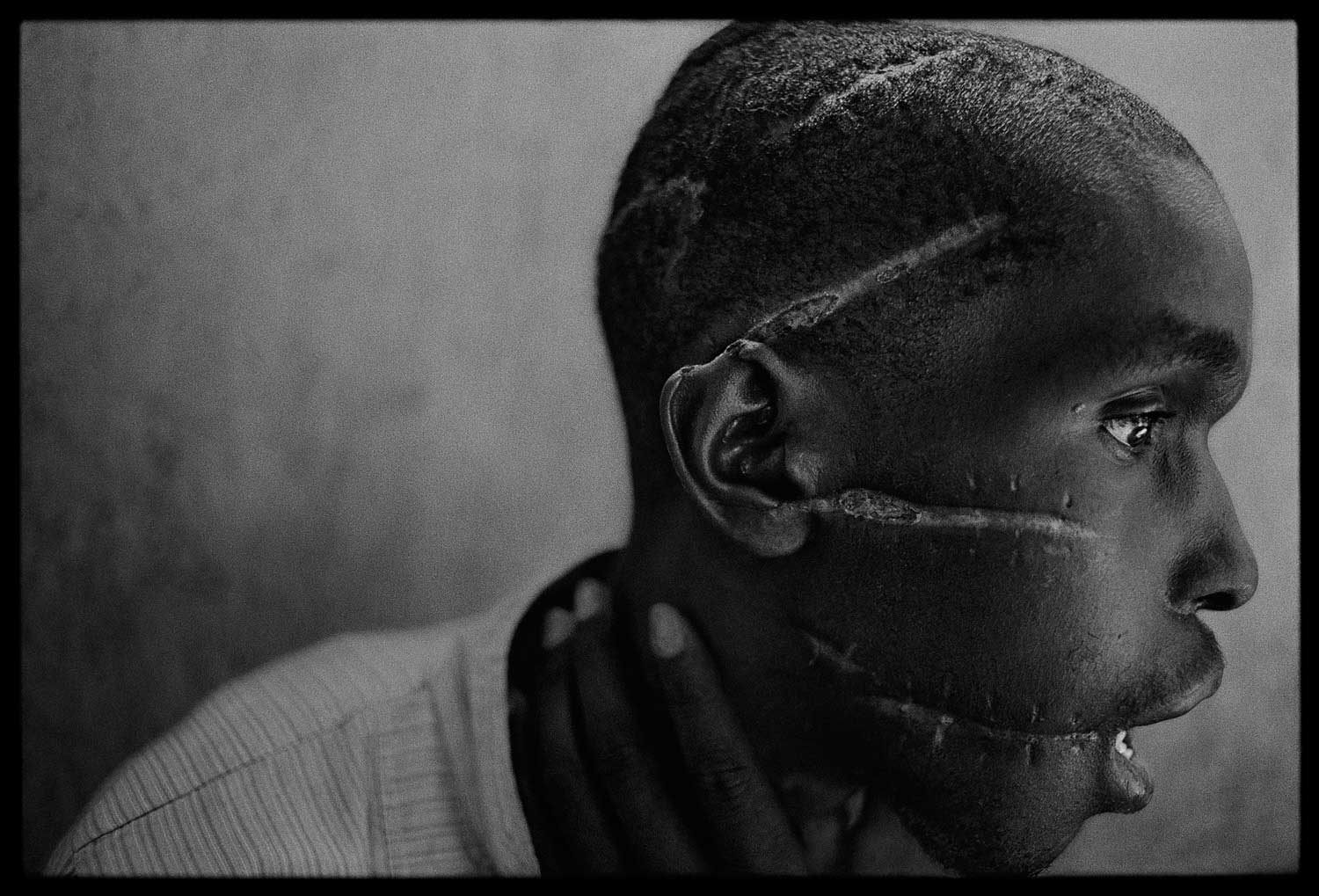
In 1994 TIME photographer James Nachtwey witnessed the devastating effects of the Rwandan genocide. On the 17-year anniversary, the photographer looks back on the tragedy.
Humans make war, and we make peace. We make love, and we make hatred – hatred and fear. Those two are the killers. Orchestrate hatred and fear, and humans make genocide. European colonialists used fear and hatred to cut an incision deep into Rwanda to divide and conquer. It was never allowed to heal and became the subtext for society long after the white rulers made their exit. In 1994, tribal enmity between Hutus and Tutsis was politically manipulated to a state of critical mass. Between 500,000 and 1 million people were slaughtered in the span of three months using farm implements as weapons. The killing by the Hutu interahamwe was committed face-to-face, neighbor-against-neighbor, and sometimes even brother-against-brother.
The number most often heard is 800,000. It’s a big number no matter what it’s applied to. Trying to imagine 800,000 people with their heads bashed in by rocks and clubs, impaled on spears, hacked to death with hoes and machetes – in just three months – stuns the mind, and we struggle to wring meaning out of words like “biblical” or “apocalyptic.”
As they had in Bosnia, instead of sending more troops to prevent bloodshed, the United Nations Peacekeeping Force stepped aside. Because of the disastrous military operation in Somalia, our own political leaders made a conscious decision not to use the one word that could even begin to have meaning -“genocide” – understanding the obligation to intervene implicit in the language. As the world turned its back, the genocide happened in front of its eyes. Later, public apologies were made, something rare for politicians, but the gesture did not bring back the life of a single Rwandan.
Later, when the Hutu army and militias fled into Zaire (now the Democratic Republic of the Congo) to escape the advancing Tutsi forces, more than 1 million people crossed the frontier in a single day. They set up makeshift shelters on rocky, volcanic earth, where it was impossible to find clean water, dig latrines or bury the dead. Within days a cholera epidemic swept through the camps. Tens of thousands died within a few weeks. Mass burials were carried out using bulldozers. Untold numbers of children were orphaned and abandoned. International relief agencies streamed into Goma to try to stem the tide of disease.
Those responsible for the genocide concealed themselves within the mass of civilians inside the camps. Relief organizations were in a dilemma. Because they could not distinguish who was a killer from who was a human shield, they were obliged to treat everyone. Ironically, the international community that had walked away from its responsibilities during the genocide was now forced to come to the rescue of those who had committed the atrocities.
All this happened in the same time frame in which Nelson Mandela became president of South Africa, as if by some infernal metaphysics the best humanity had to offer would be offset by the worst imaginable. It was our world then, and it’s our world now. We have examples from both ends of the spectrum of human aspirations. Will we take heed from the lessons taught by our own history? If we don’t, who will?
James Nachtwey is a TIME contract photographer, documenting wars, conflicts and critical social issues. On his most recent assignment, Nachtwey was one of the first photographers on the ground in northern Japan covering the devastating effects of the March 11 earthquake and tsunami. Nachtwey was also embedded with a United Stated Medevac unit in southern Afghanistan, published in January 2011.
*Please note: A correction was made to the author’s text in the third paragraph on April 9, 2011.
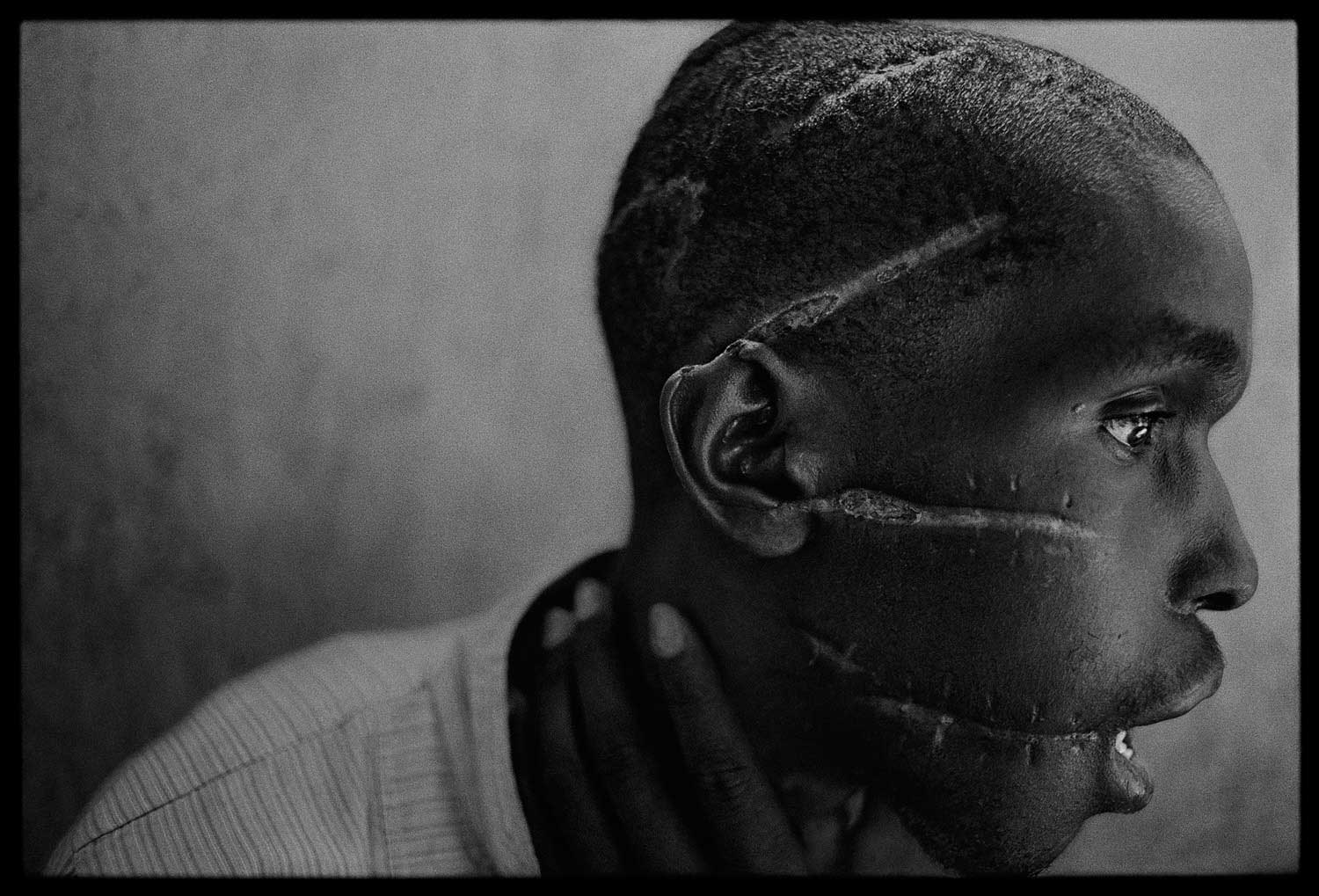
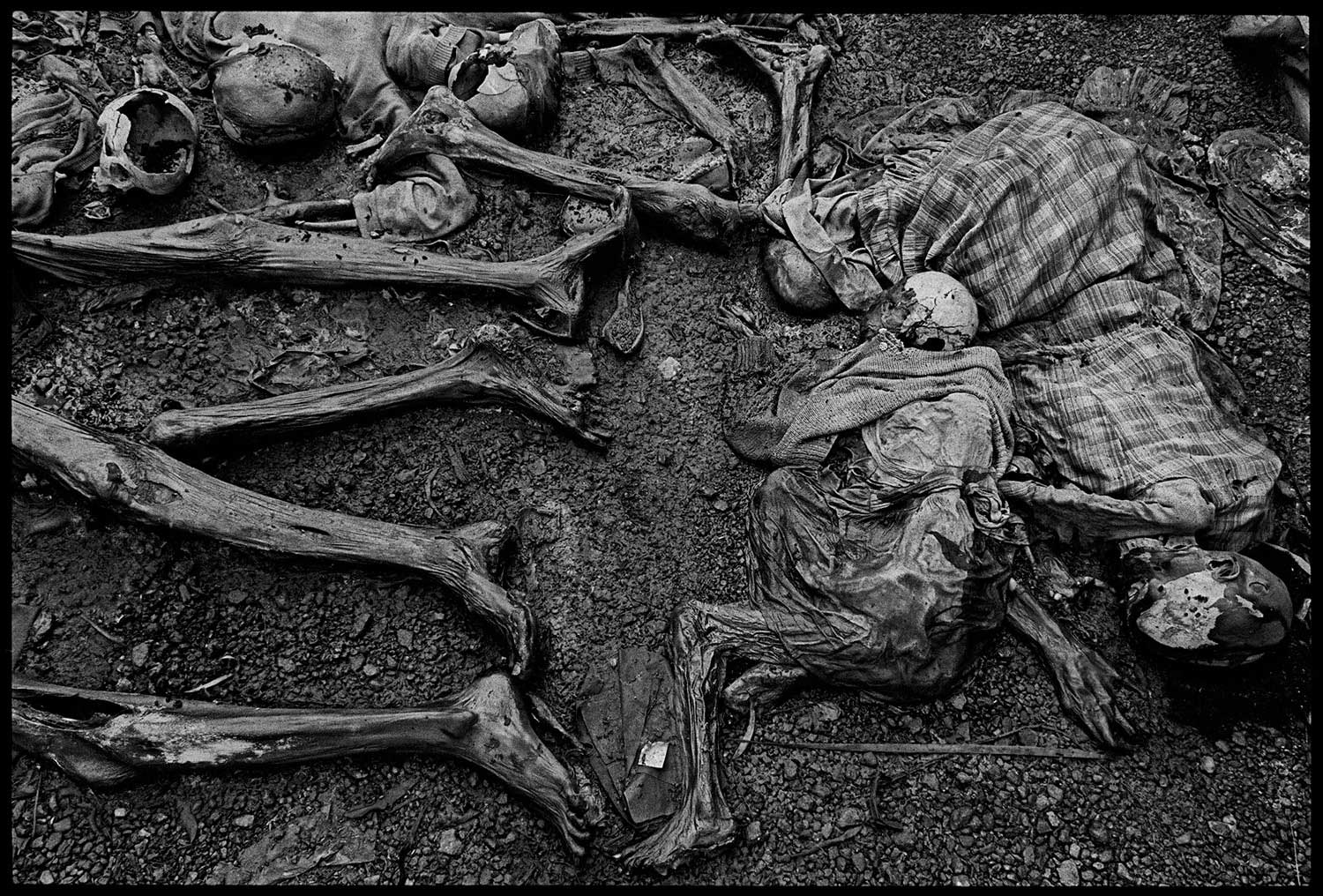
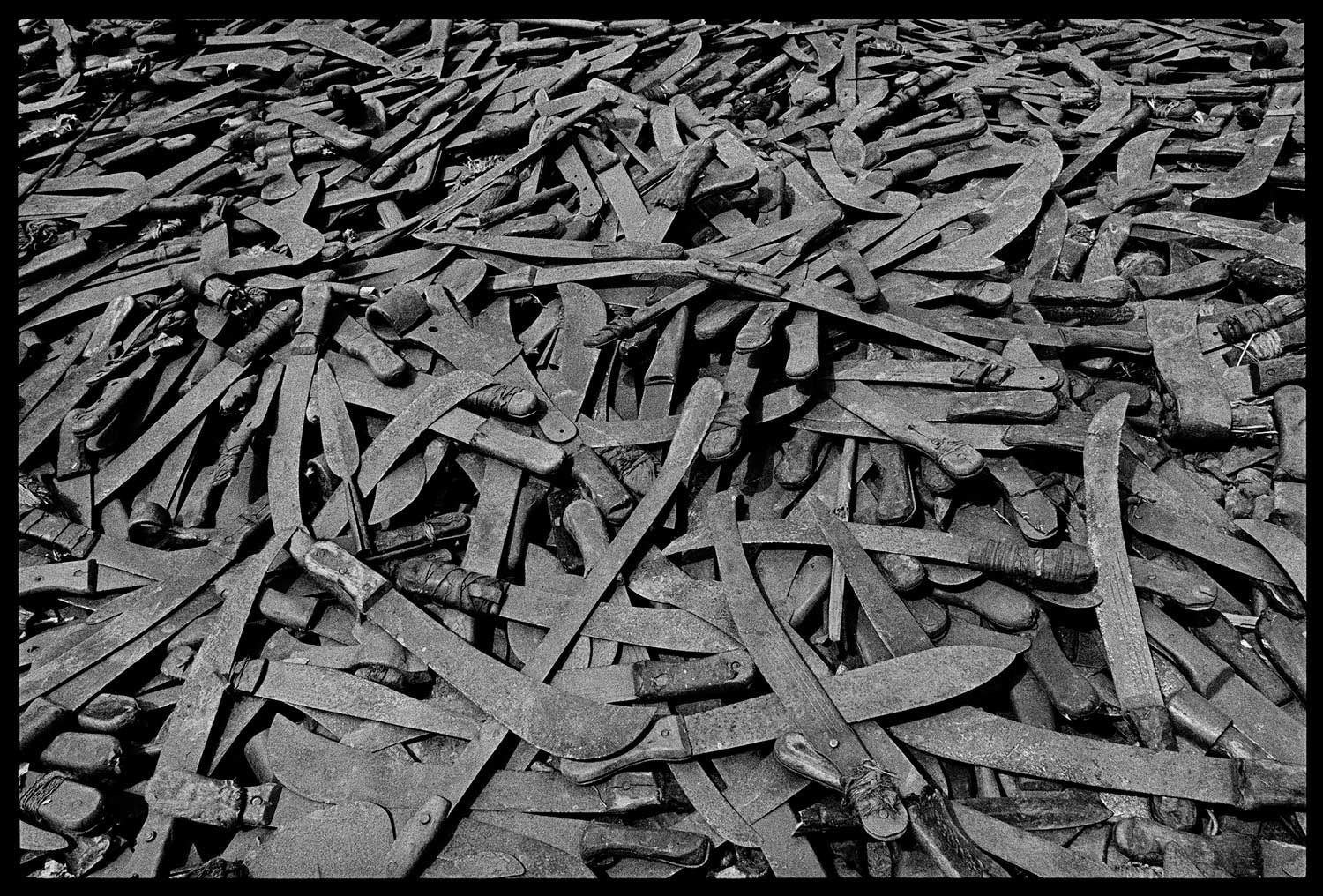
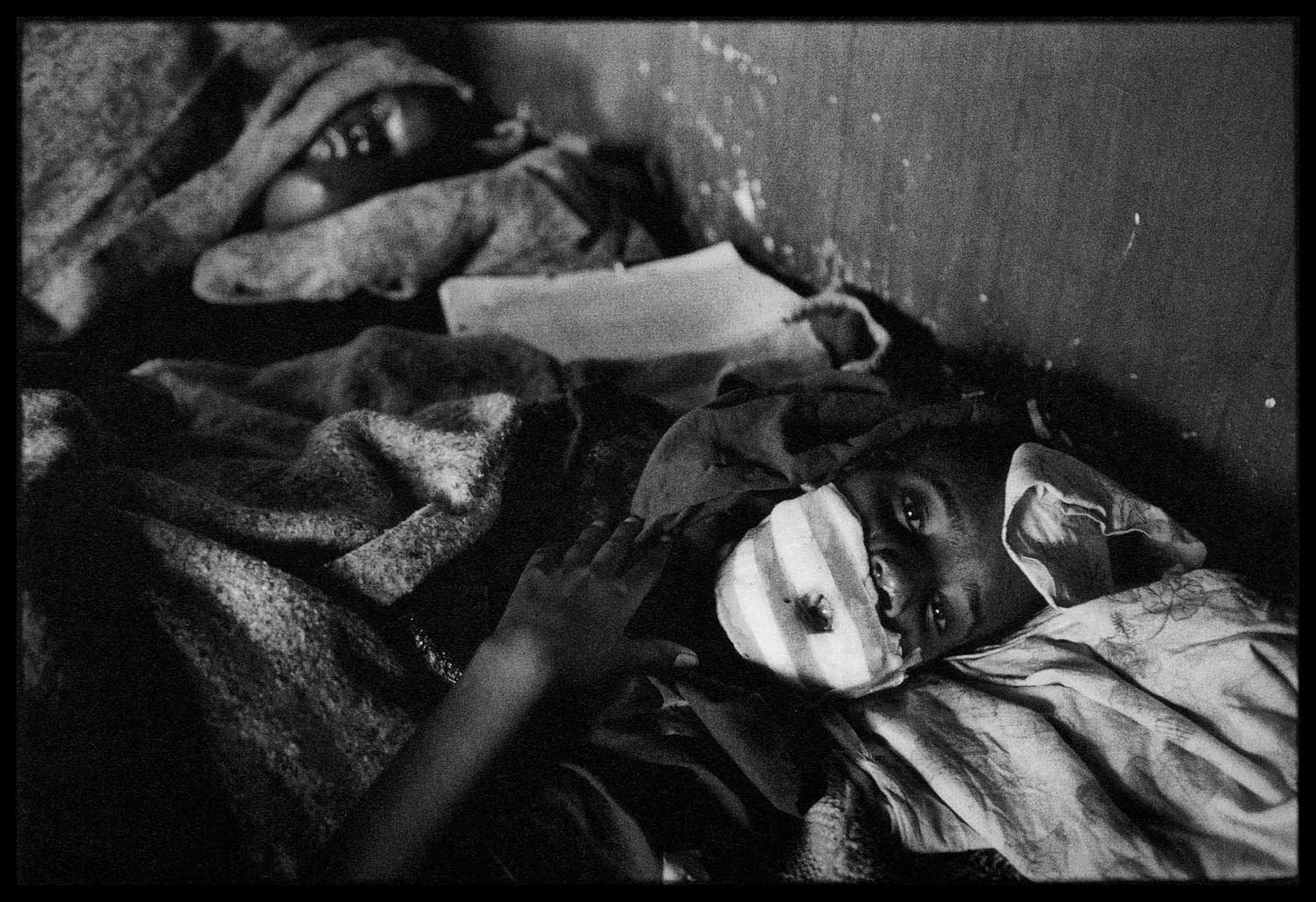

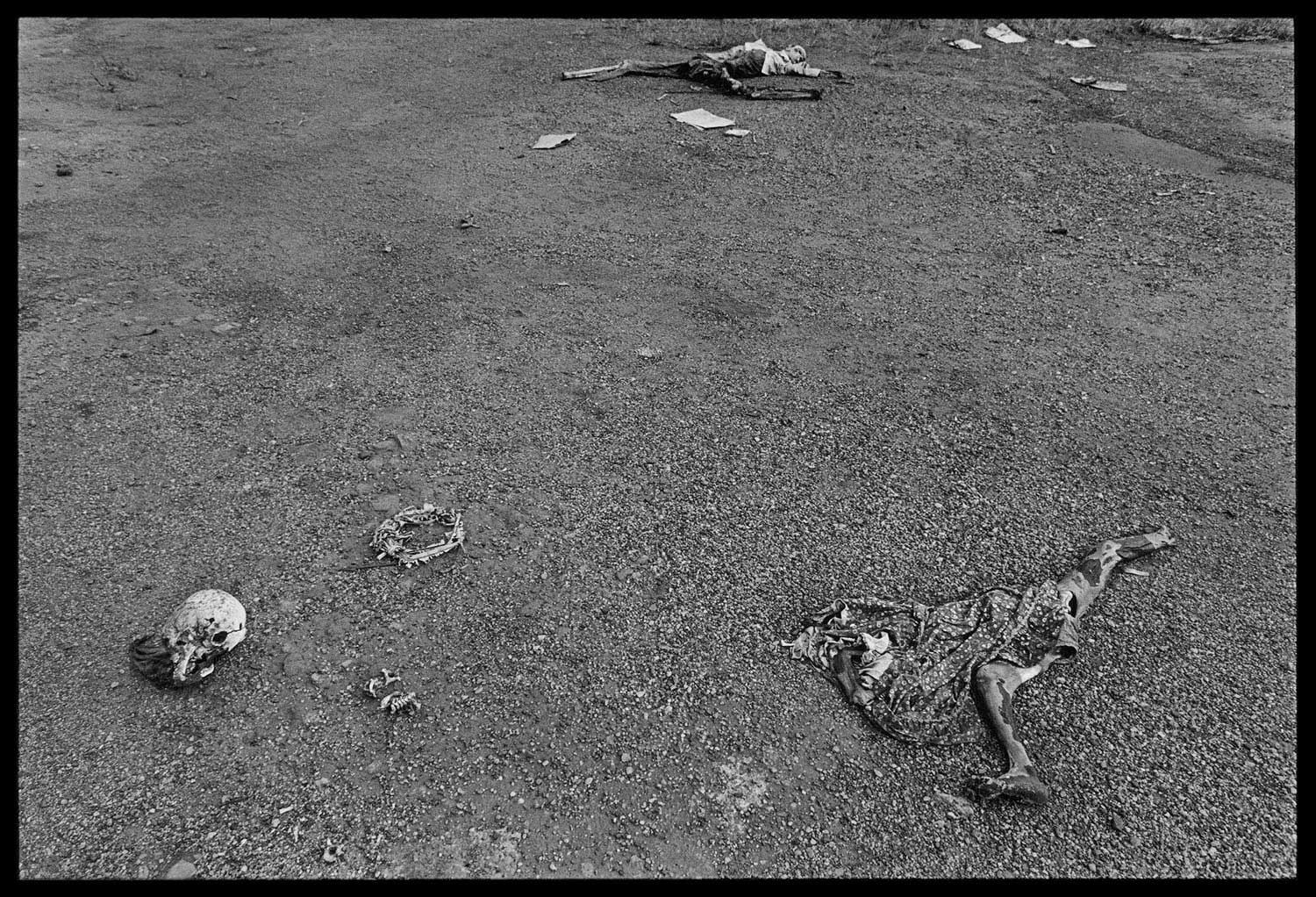
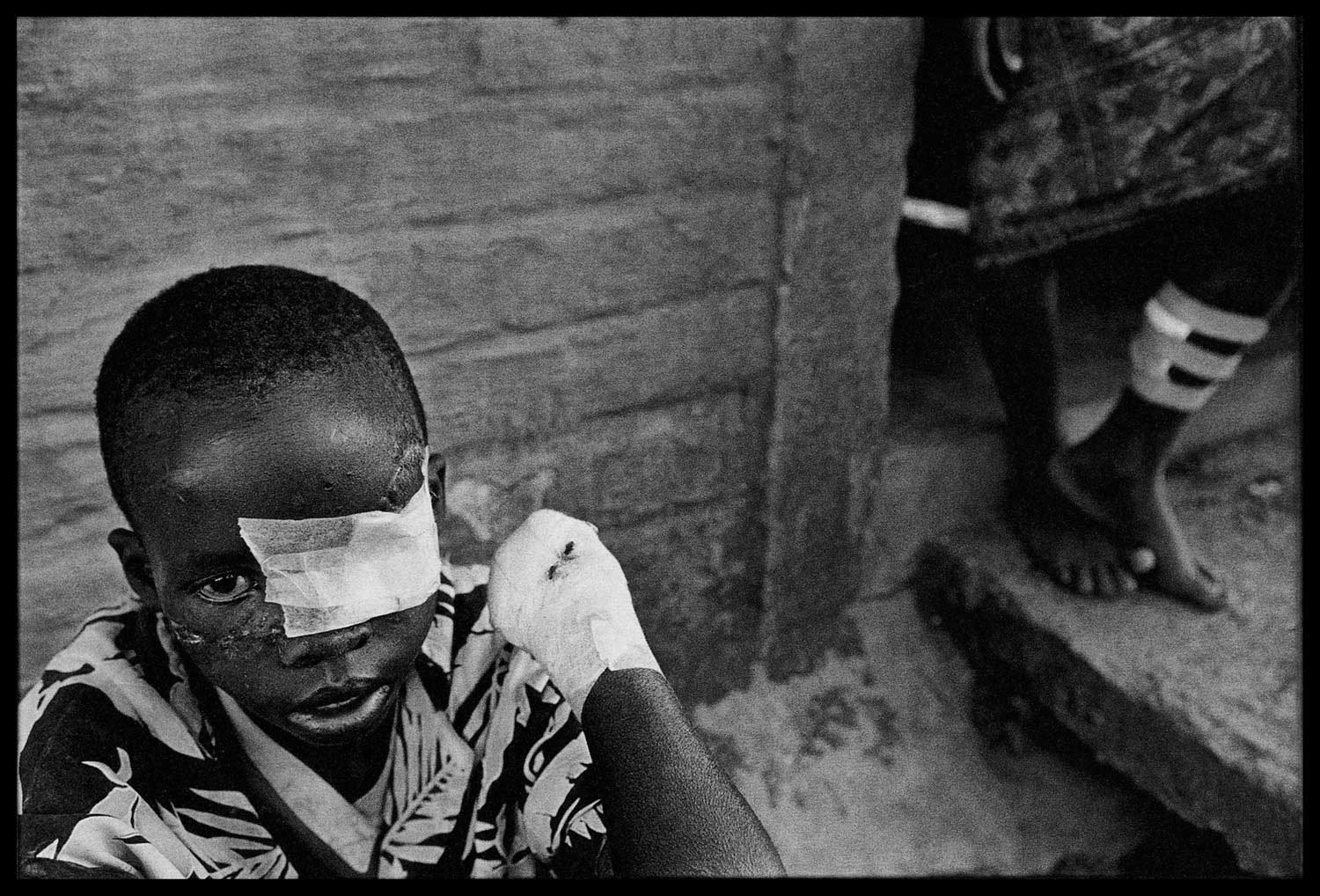
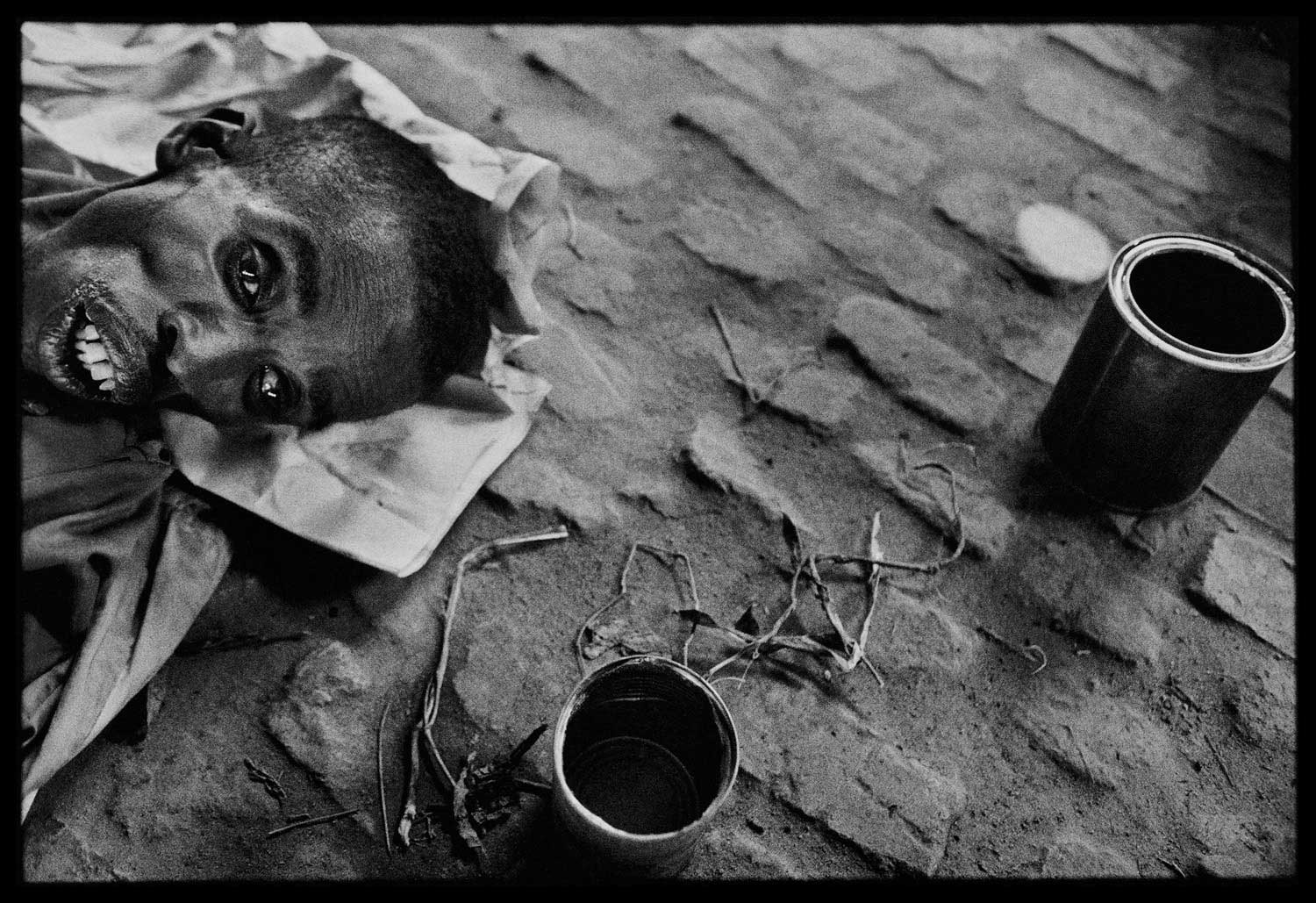
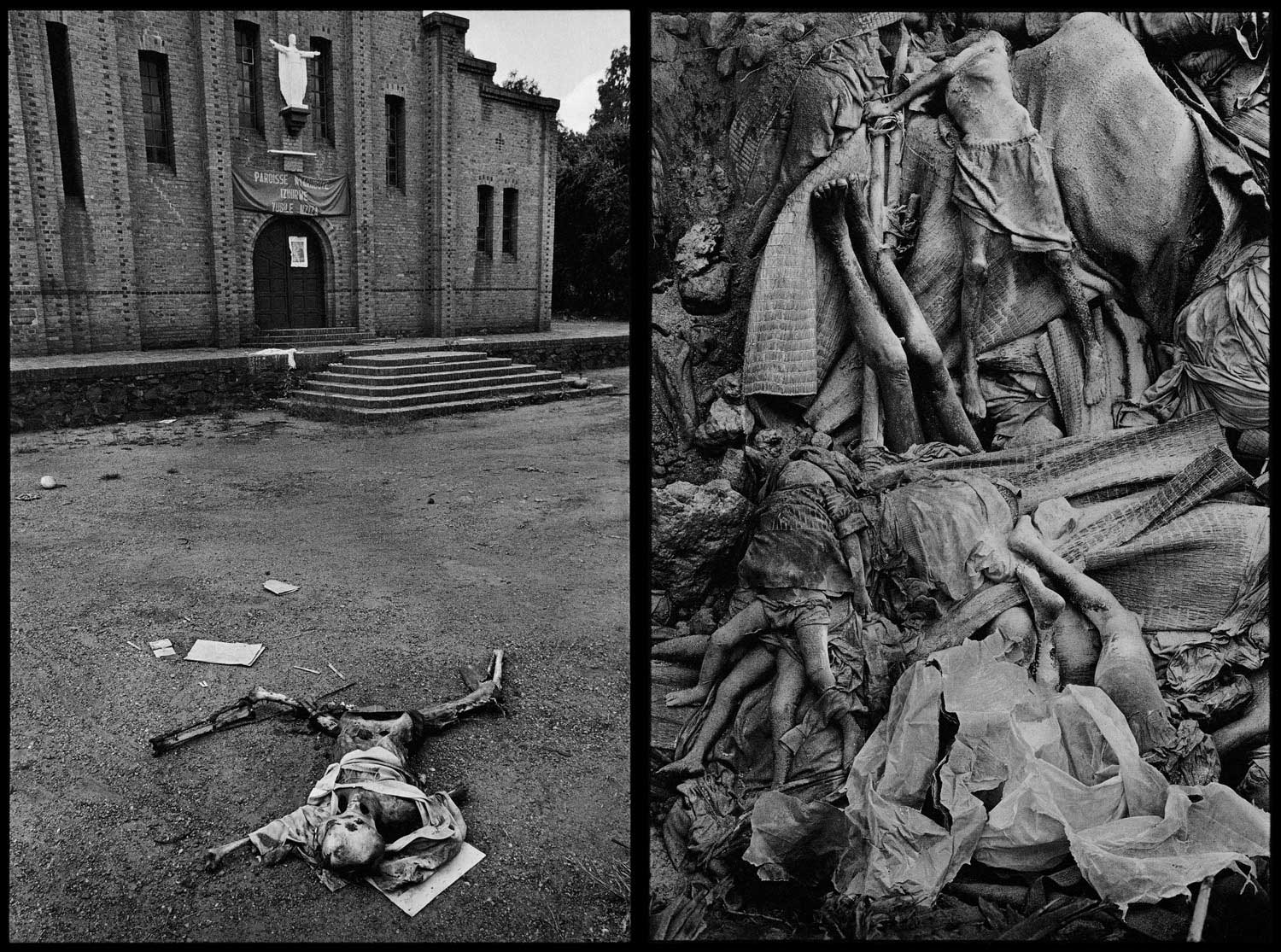

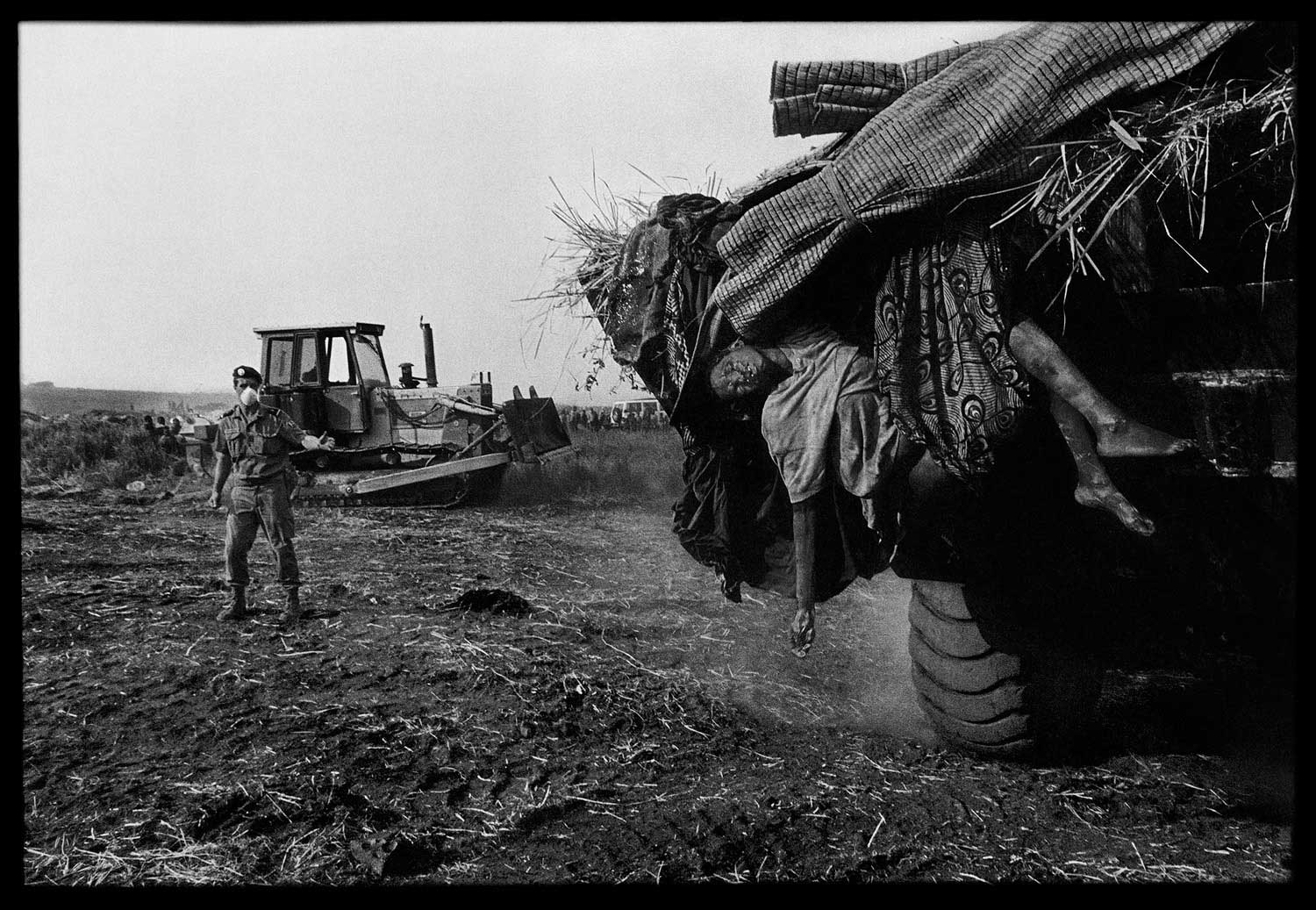
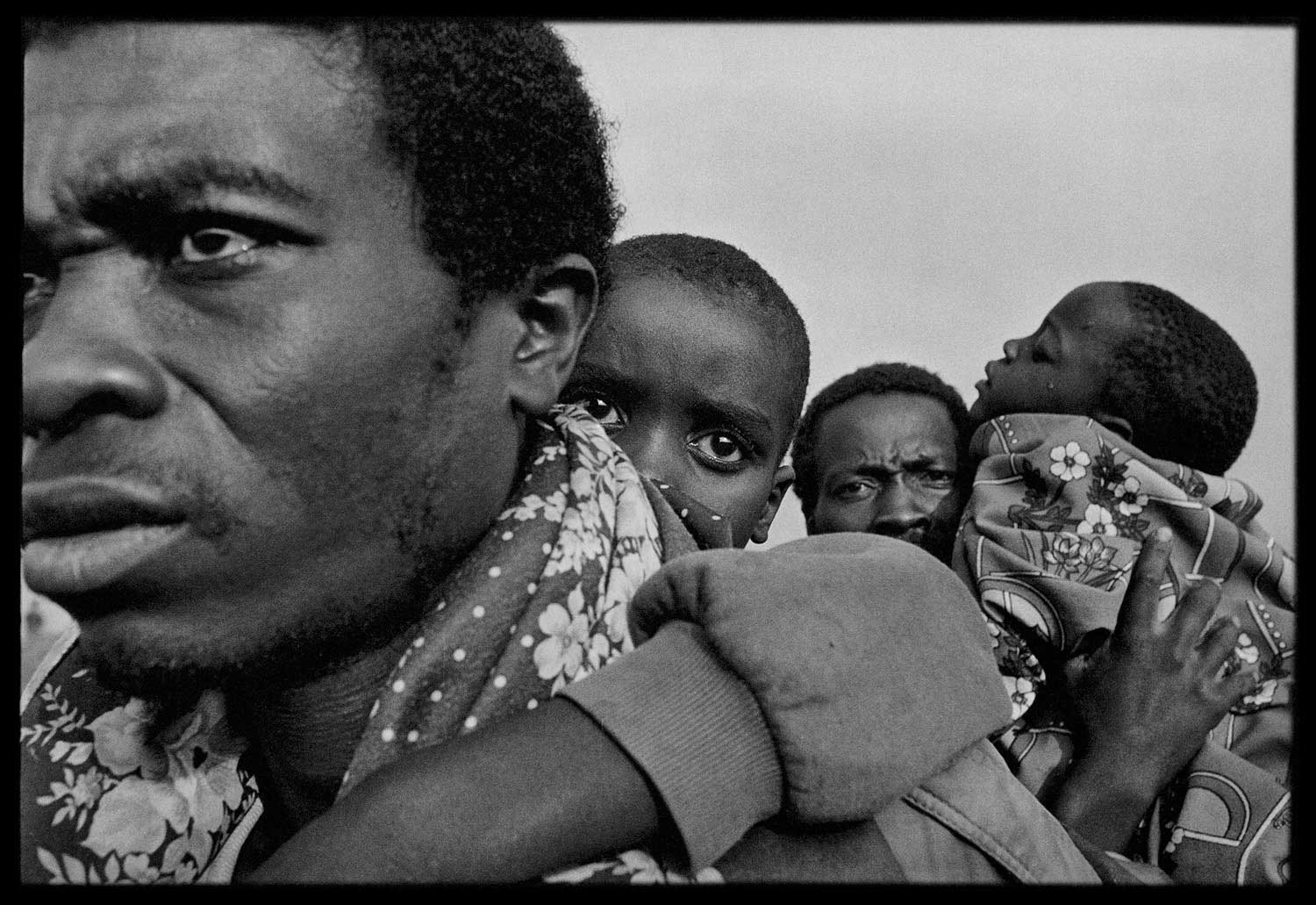

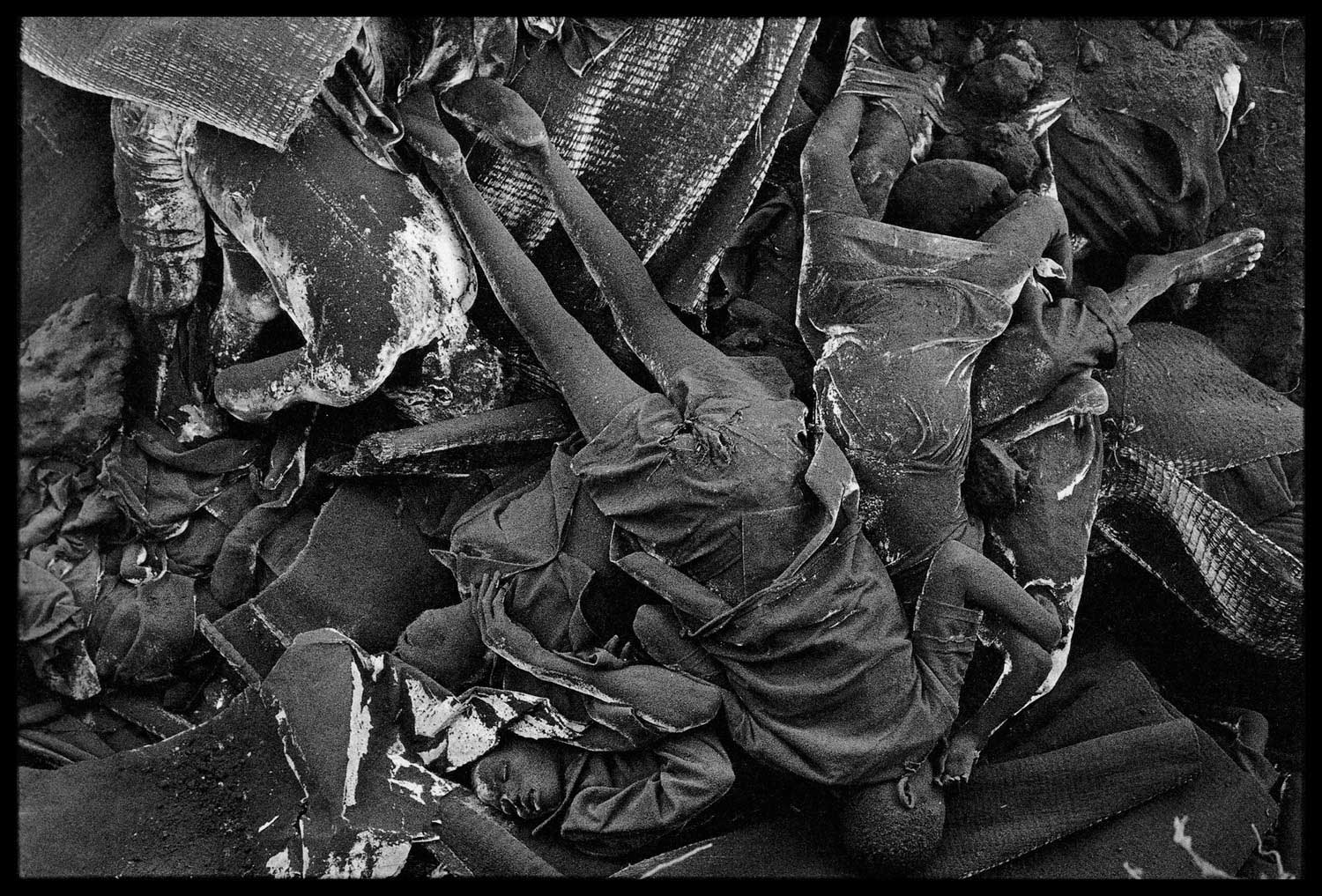
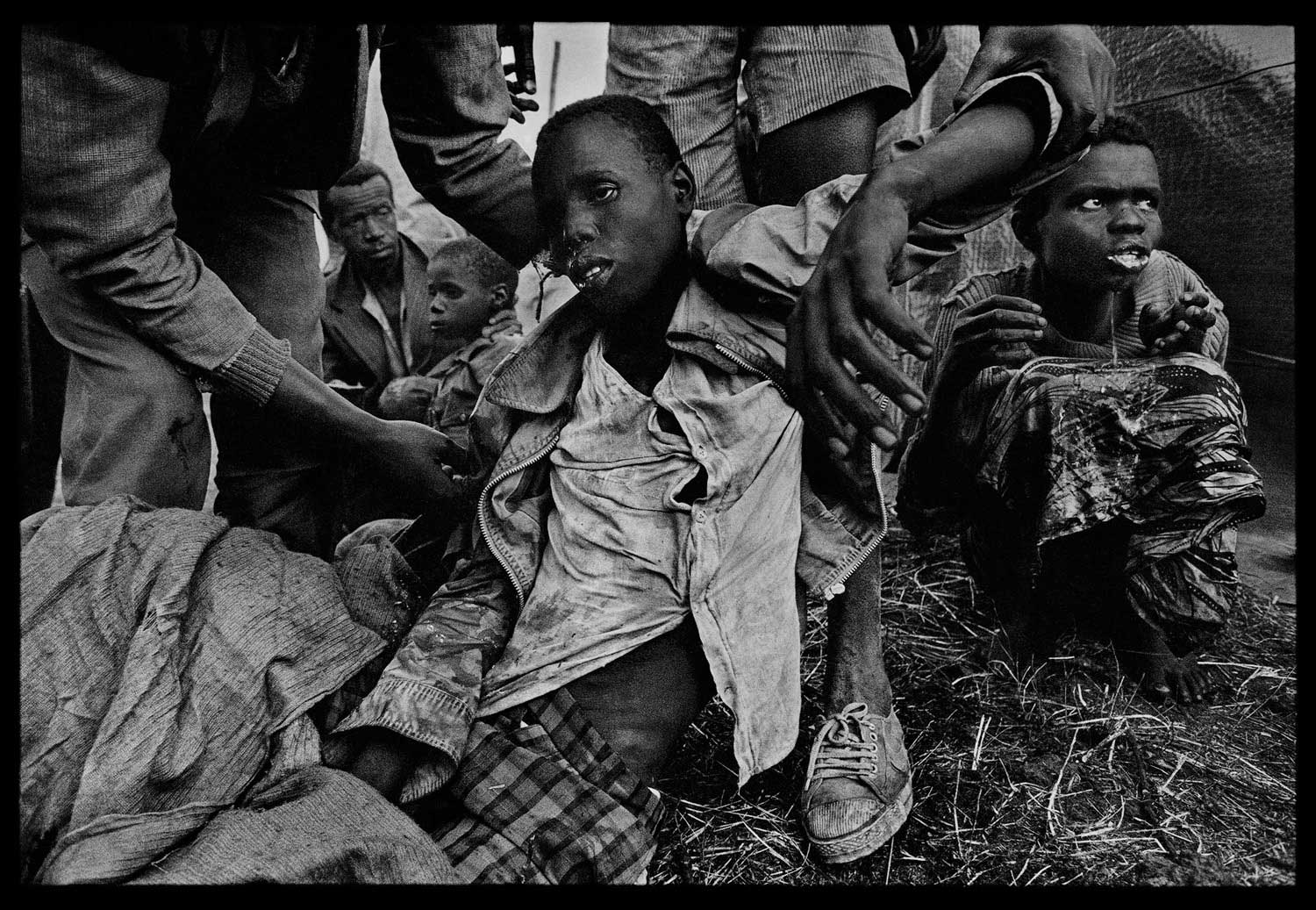
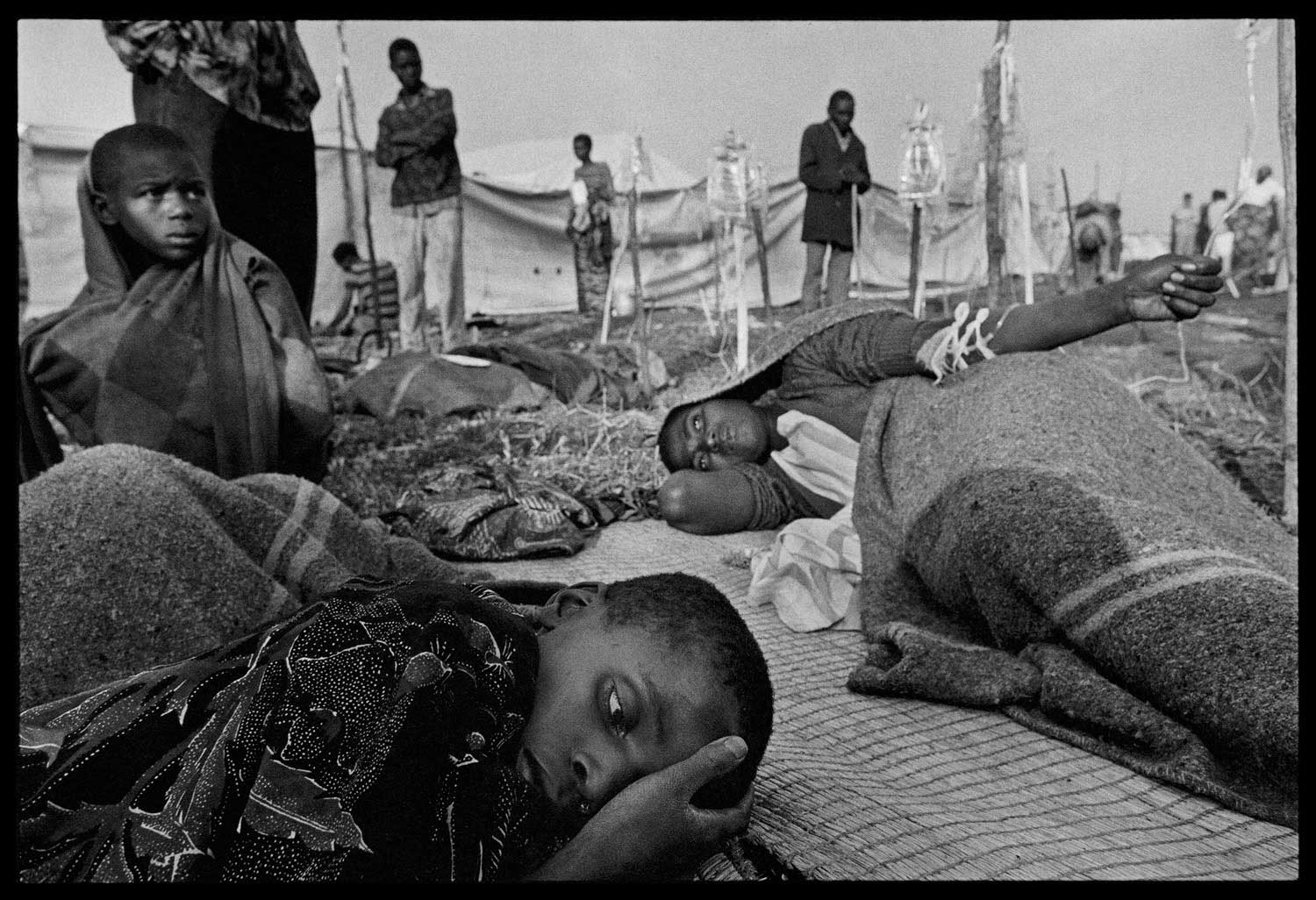



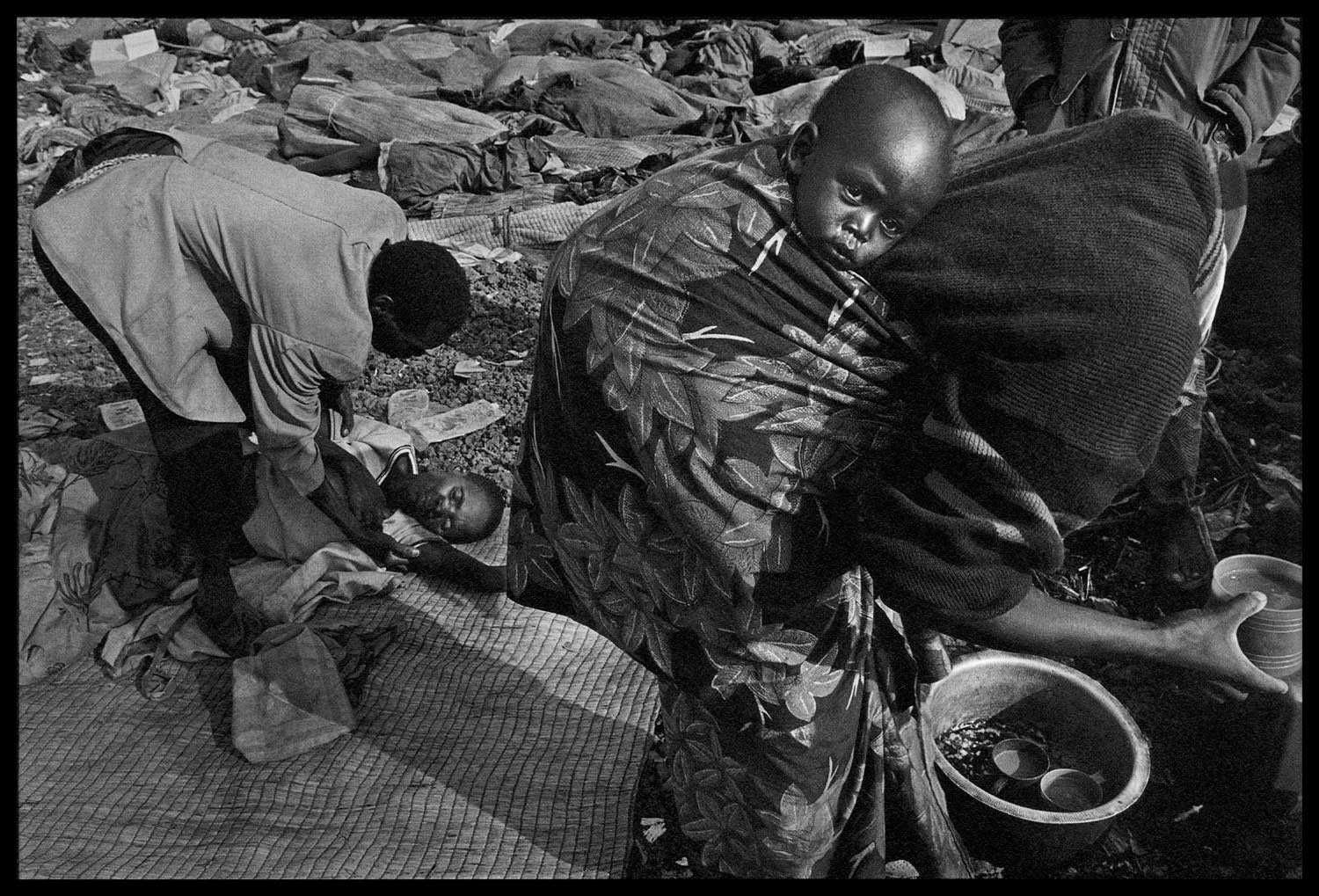

More Must-Reads from TIME
- Donald Trump Is TIME's 2024 Person of the Year
- Why We Chose Trump as Person of the Year
- Is Intermittent Fasting Good or Bad for You?
- The 100 Must-Read Books of 2024
- The 20 Best Christmas TV Episodes
- Column: If Optimism Feels Ridiculous Now, Try Hope
- The Future of Climate Action Is Trade Policy
- Merle Bombardieri Is Helping People Make the Baby Decision
Contact us at letters@time.com